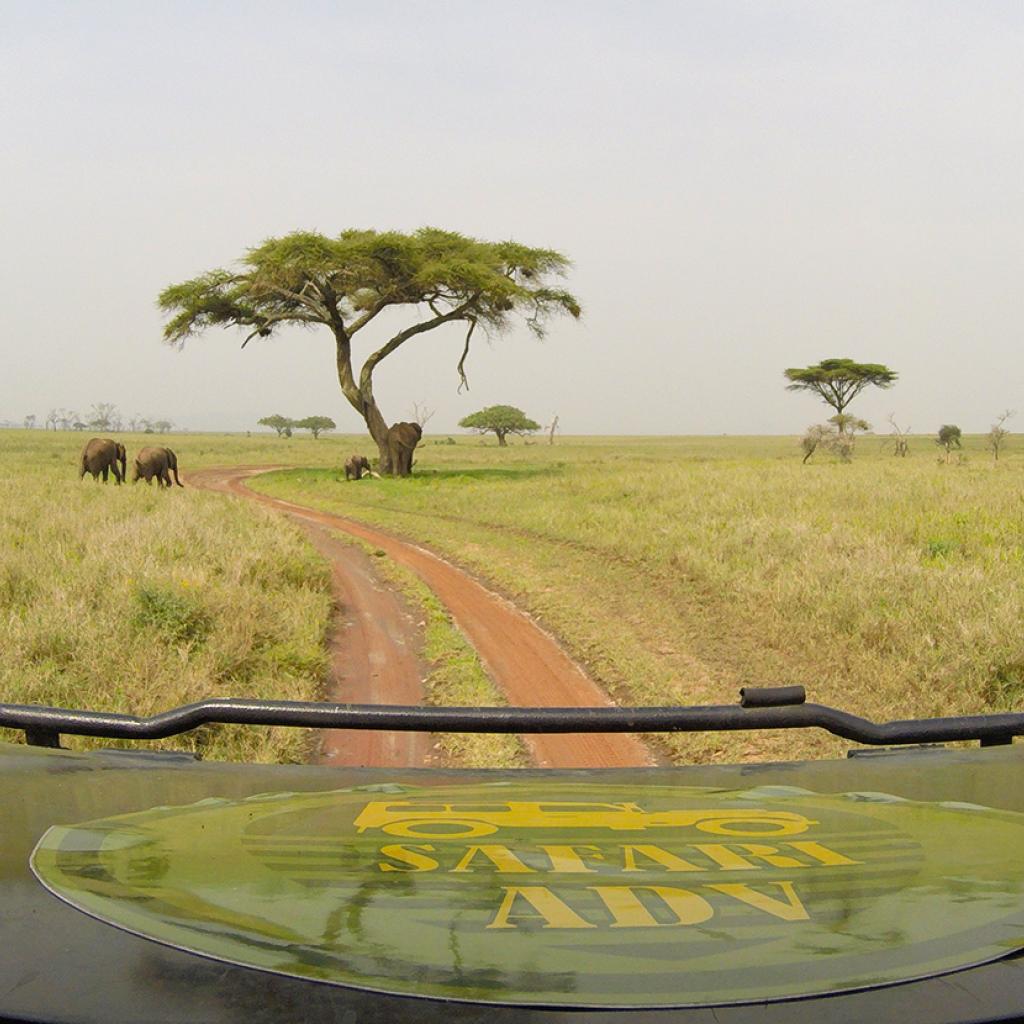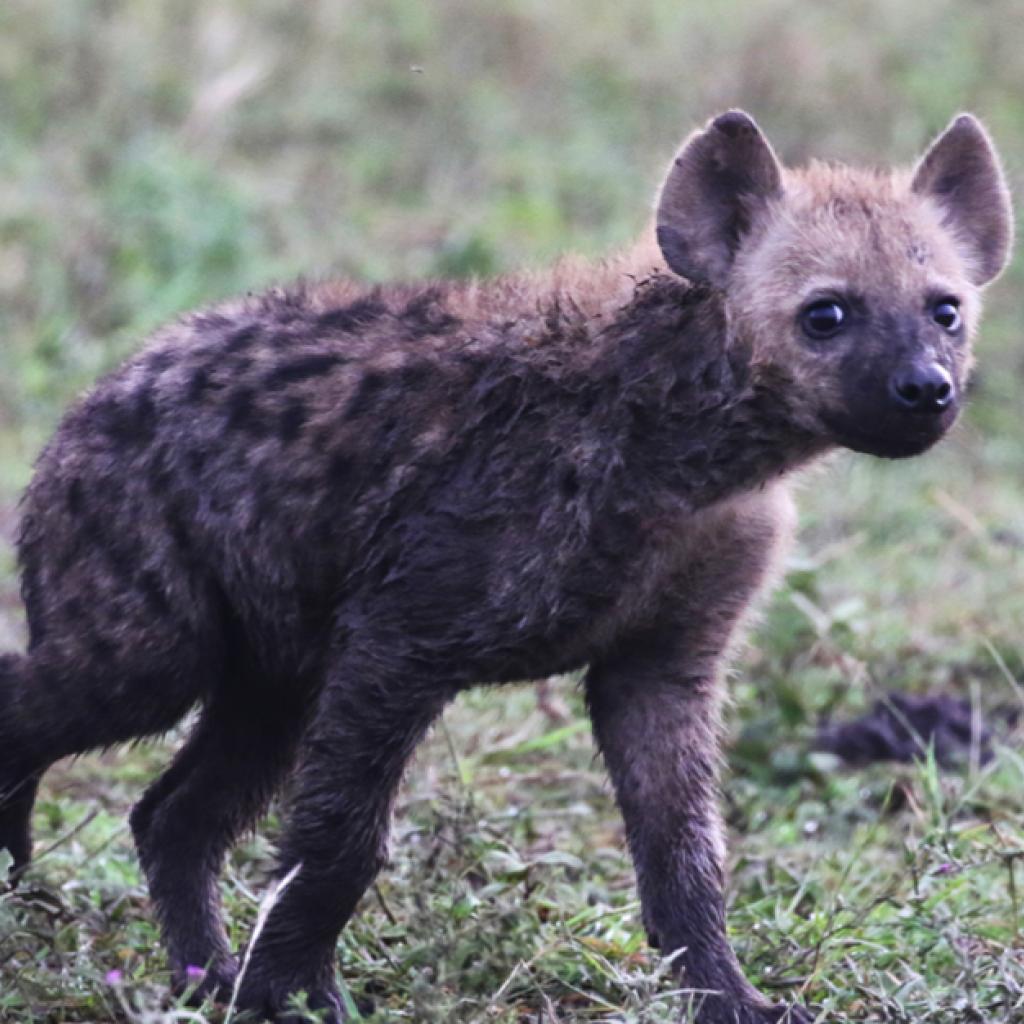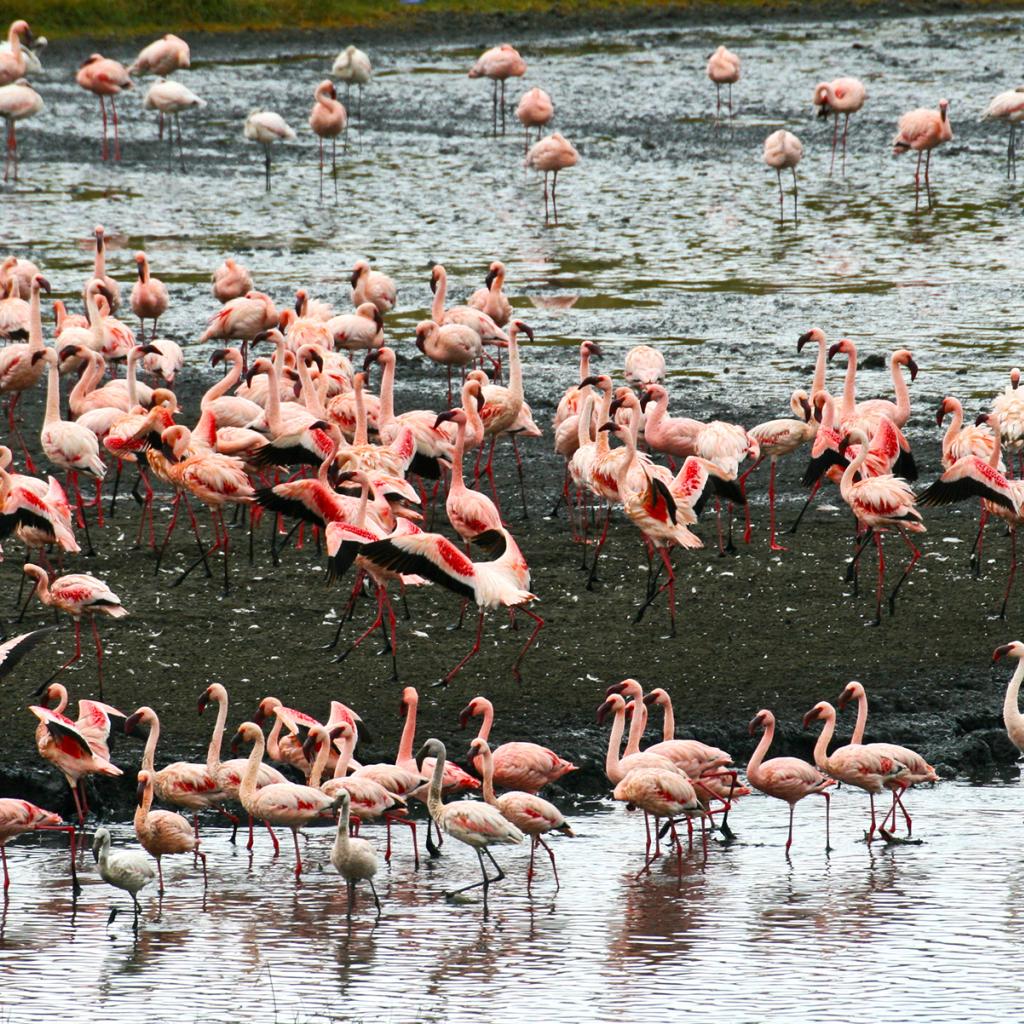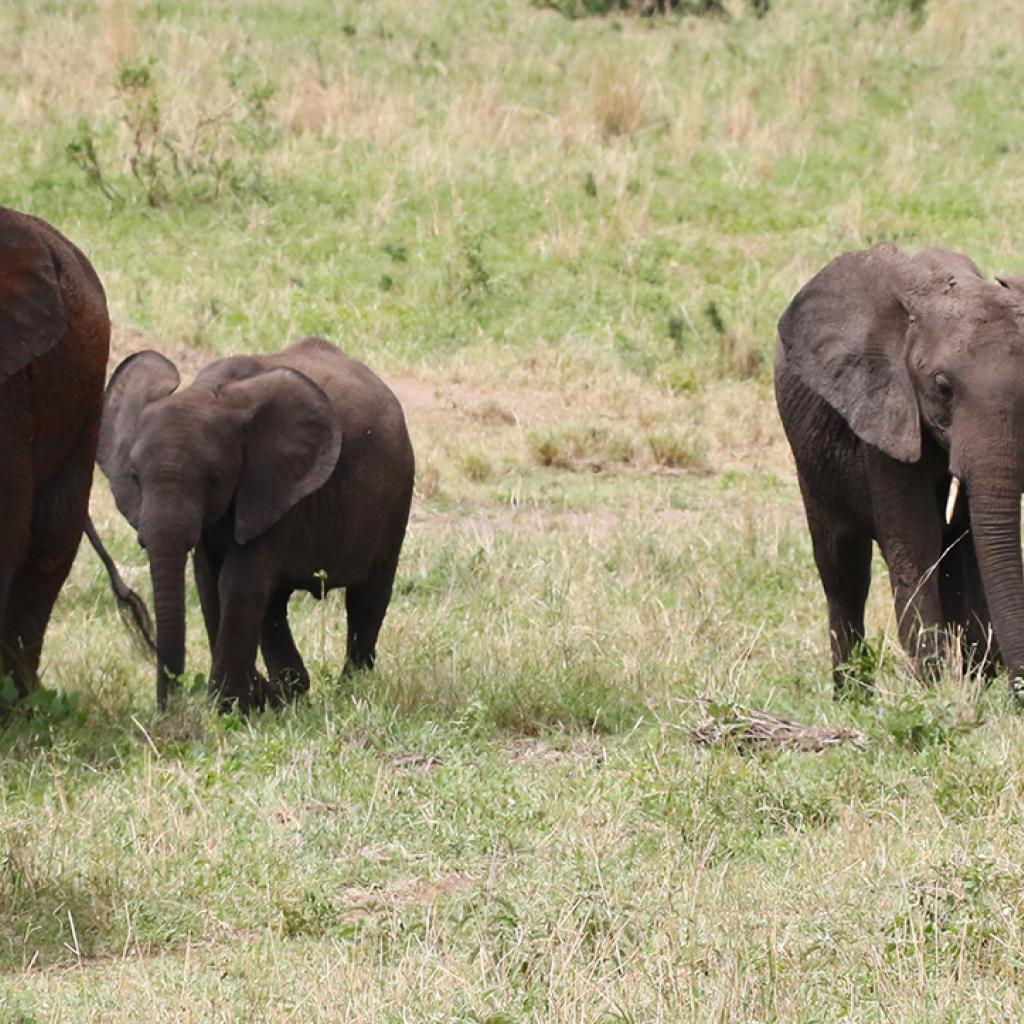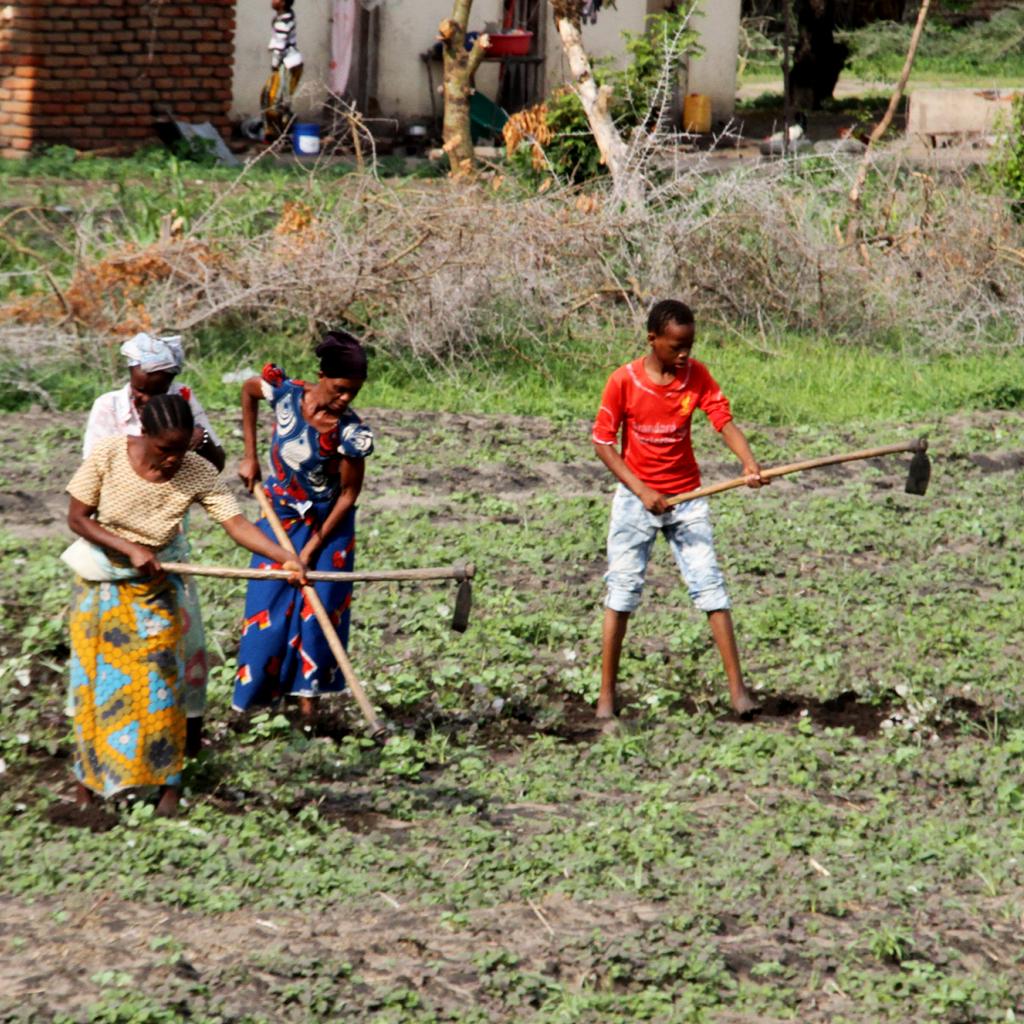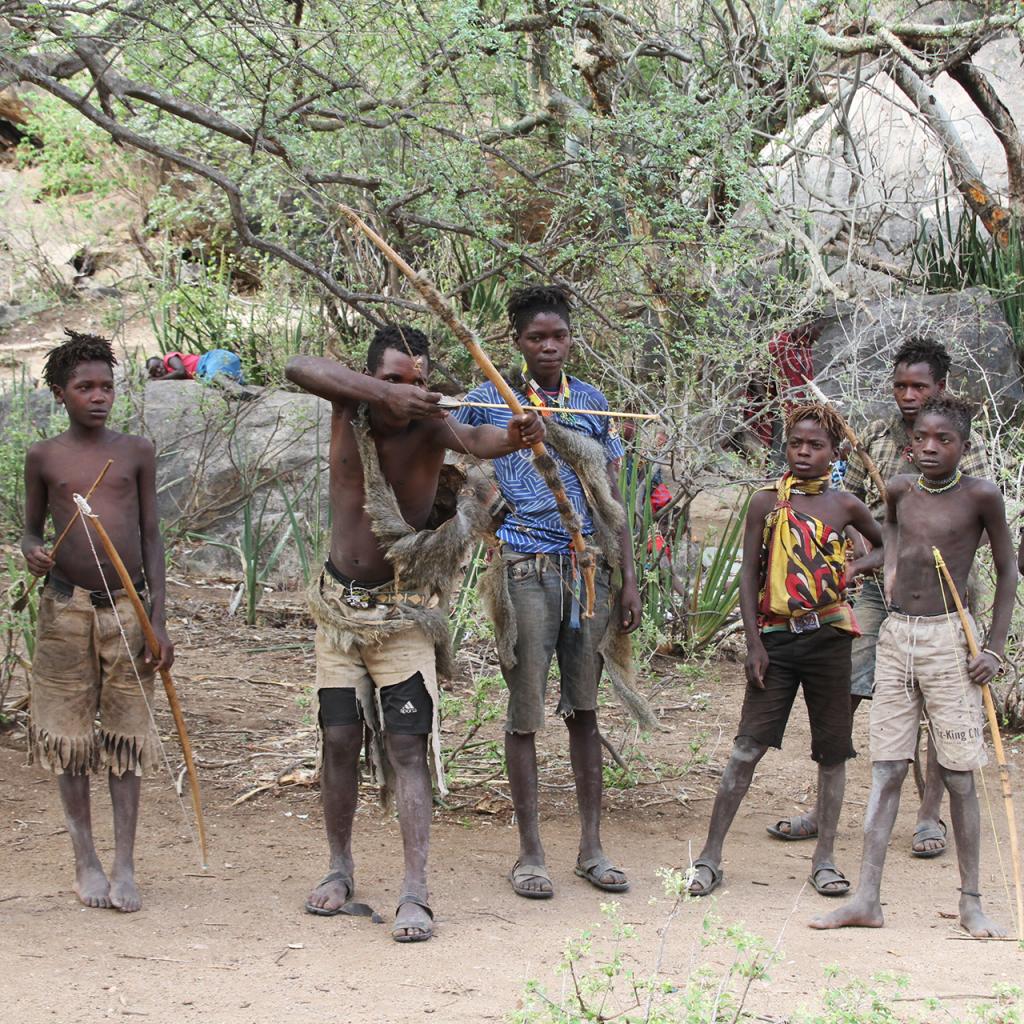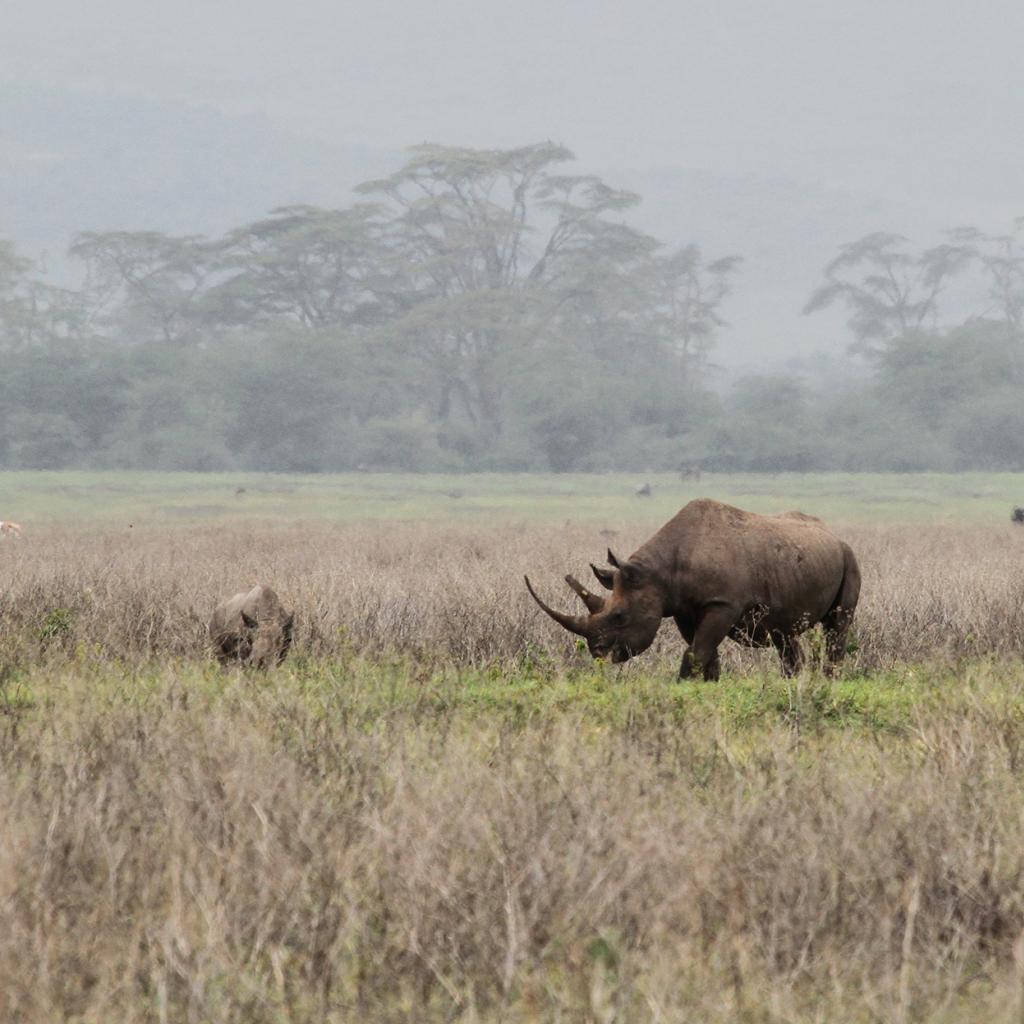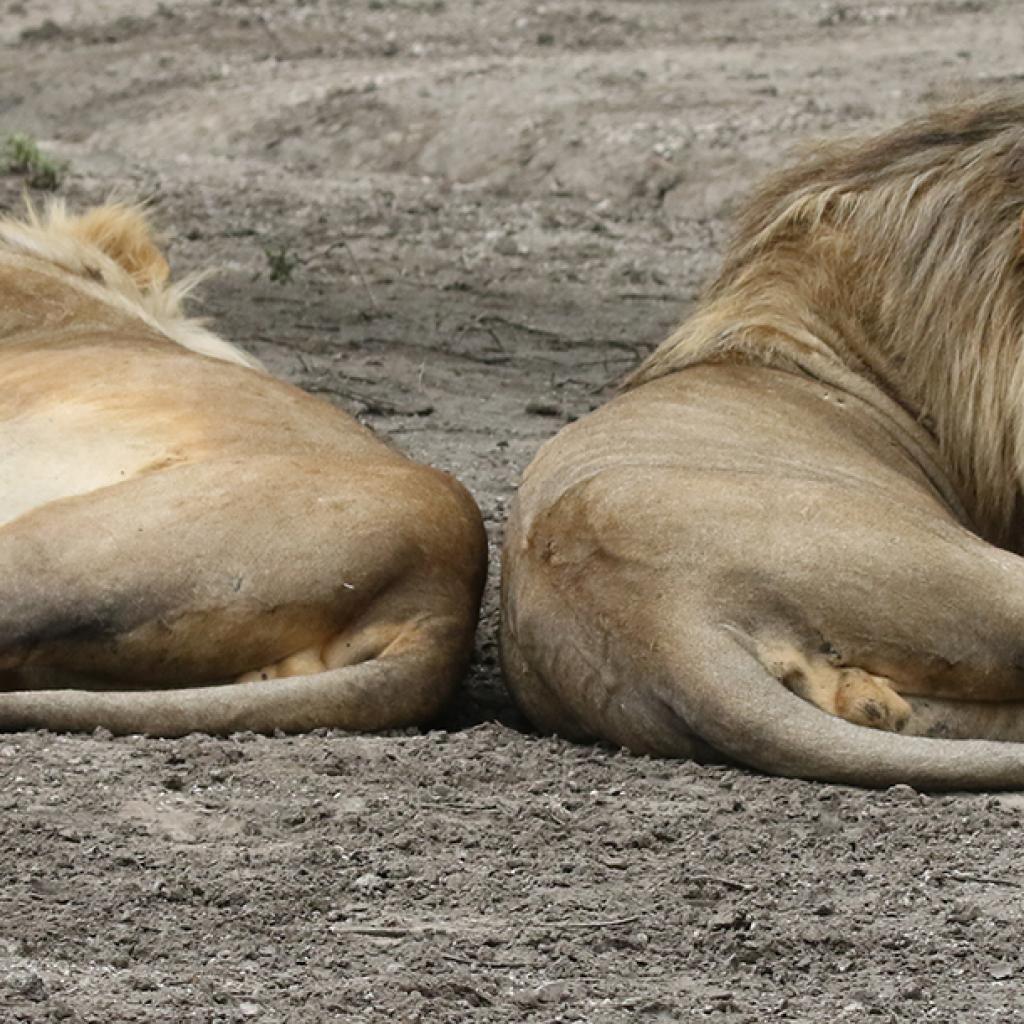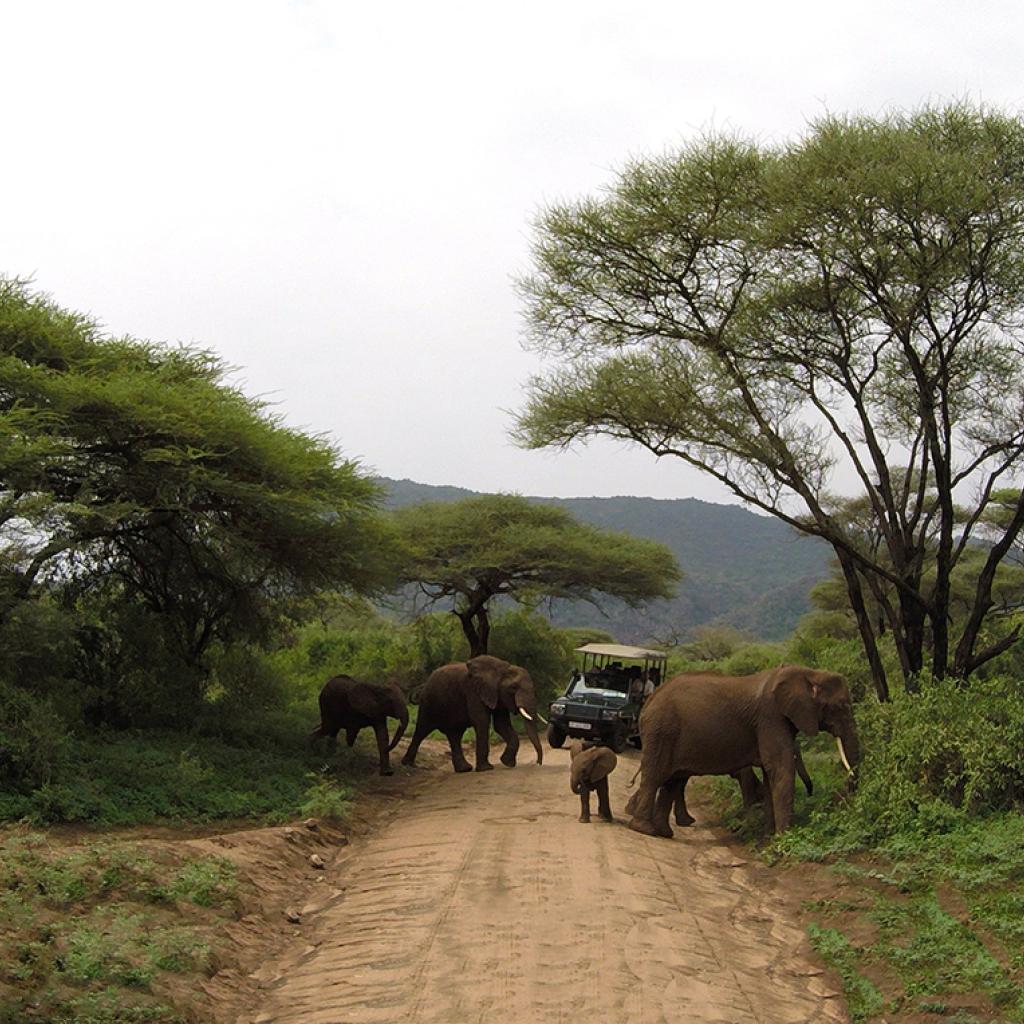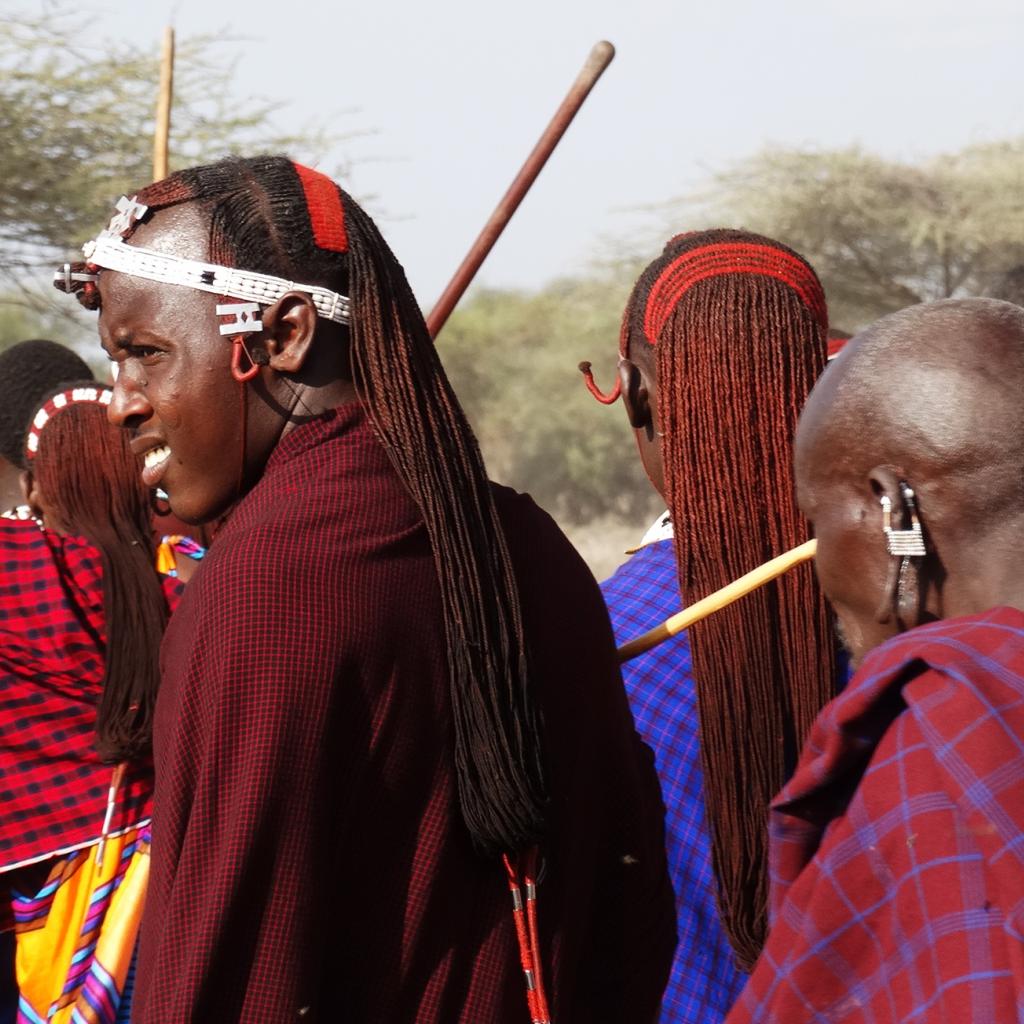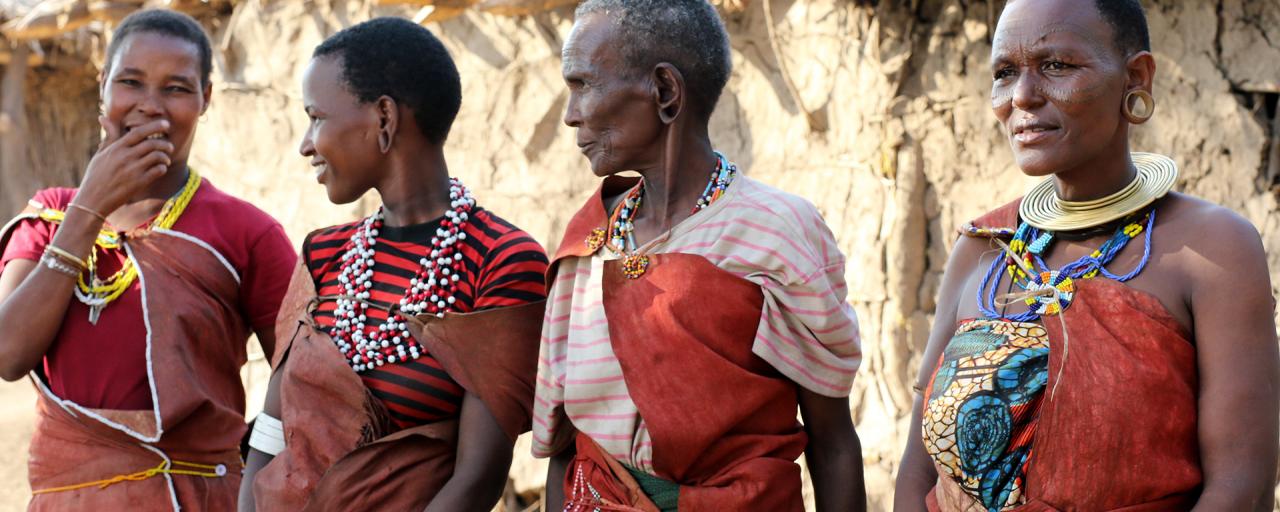
Datoga People - Photo Credits: Romina Facchi
The Datoga tribe
The shores of the Eyasi Lake represent the last lands inhabited by the Datoga, a population of Nilotic origin that is progressively decreasing in number, as a result of government policies, which favor mixed marriages between different ethnic groups, schooling, which cancels local traditions, the immigration of other groups in their ancestral lands and the struggles that in the past saw the Datoga face the Masai and get out defeated.
The Datoga are a very interesting population, they keep their traditions and beliefs alive and build the villages exactly as their ancestors did.
The Datoga women are beautiful and graceful, some of them wearing the traditional mask-shaped tattoo around their faces; unfortunately, however, this tradition is being lost in the new generations; the tattoo, in reality is realized with scarifications, more or less deep, that are engraved on the face and that often can be infected, causing painful consequences.
The Datoga village, that we visit at the Eyasi Lake, is a kind of farm built following the precepts of tradition, the huts and the areas dedicated to work are surrounded by a fence, that was created using the acacia branches that, thanks to the long thorns, create an impassable barrier to both humans and animals; the village is accessed by a small opening in the enclosure, that is closed during the night.
The women welcome us singing a happy song, for the Datoga visitors are sacred, they believe that they bring luck and prosperity to the village and they are happy if someone visits them.
Inside the fence there are some rectangular huts, built using branches and mud and sometimes cow dung, even the flat roof is made in the same way.
The largest construction measures over 5 meters in length, some aloe plants were planted on the roof, not so much for a decorative effect, but rather to be used in the production of an alcoholic beverage.
The interior of the hut is dark due to the absence of windows, the light enters from the only door that leads to the outside, the environment is divided into two rooms, a small one, where is the head of the village bed and the area where they cook, and a larger one, where some members of the village sleep and where corn flour is prepared.
At the center of the room is a large stone on which white corn is placed to be reduced into flour, thanks to the use of another large stone; the flour obtained is used to cook ugali, white polenta, the basis of the diet of many populations of East Africa.
In the larger room are hung on the walls many pumpkins of different sizes and shapes: the longest and narrowest pumpkins are used to store and transport the milk, the largest and round to collect water, while the large pumpkins cut in half, to obtain large bowls, are used to milk cattle or to contain food, finally the largest ever are used to produce the local liqueur "gesuda".
The jesuda liquor is made with agave, whose leaves are left to dry and then cut into small pieces, placed in a container made from a pumpkin; at this point, water, agave roots and honey are added.
The container is then placed near the fire for two or three days, after these days of slow cooking the liquor is ready and is used during the ceremonies; typically weddings or funerals.
The Datoga men deal with the management of herds and iron processing, in fact they are a people of skillful blacksmiths and make various tools and jewels, that are used both in the farm economy and exchanged with other populations.
To work the metal, the Datoga use two different fires, a fire made with coal, that reaches higher temperatures, and is used to melt the various pieces of metal that are recovered from waste material, and a fire made with elephant and cow dung, of lowest temperature, to modeling and for the machining of the metal itself.
To melt the ferrous material or the aluminum two big bellows are used that keep the fire alive on the coals, when the metal melts it is poured into a container to give it the shape and cooled in water.
Some materials are too hard to be melted so they are cold worked, for example to make the tip of an arrow sometimes an old nail about 15 cm long is used, it is cold-beat, with the help of a large hammer and an anvil, and, after about 30 minutes of work, the tip is ready.
Tips are mainly made for arrows, equipped with a series of hooks, that are sold to the Hadzabe, in exchange for honey or money, to hunt the baboons, the hooks do not allow the animal to remove the arrow once it is hit.
We say goodbye to this family who for a few hours welcomed us into their home, letting us know something more about their traditions, the village chief greets us warmly and we reciprocate in the local language with a sound reminiscent of the English "see you".
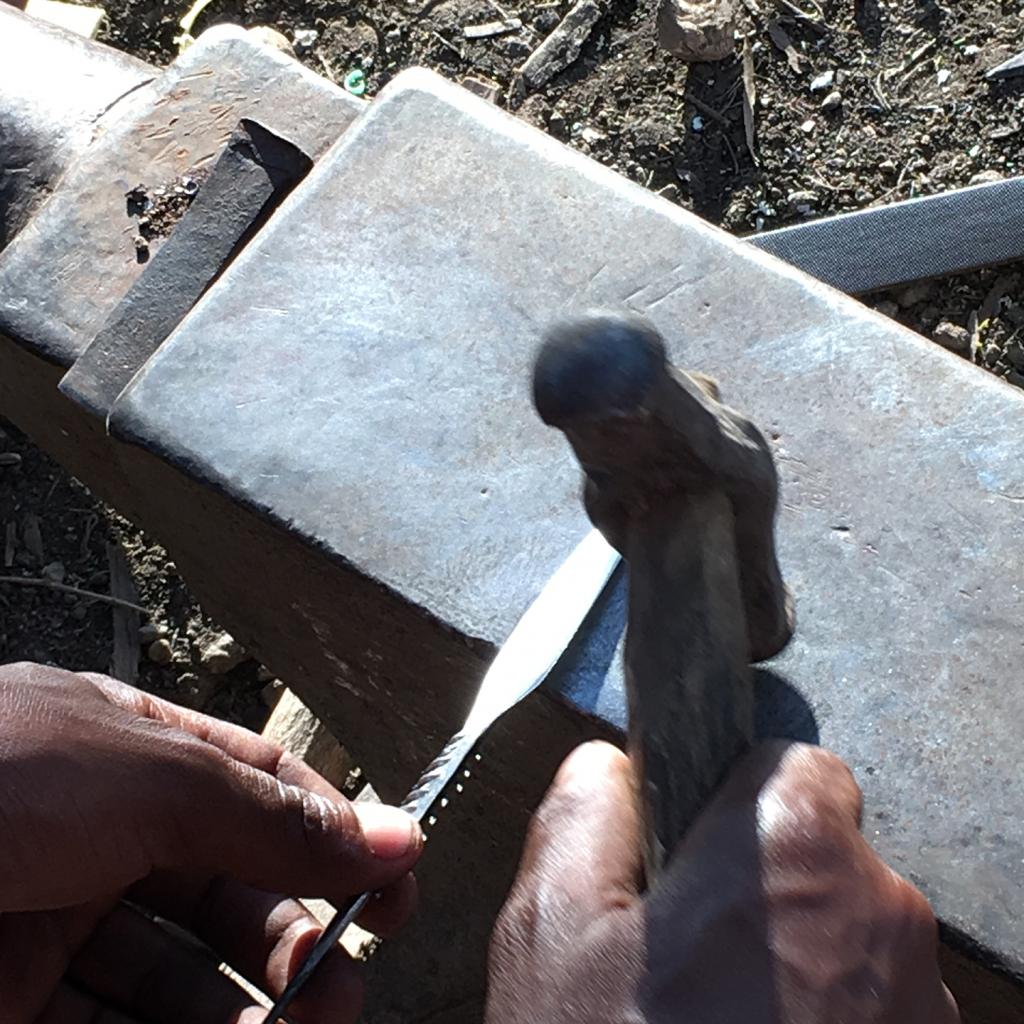
Datoga People - Photo Credits: Romina Facchi


